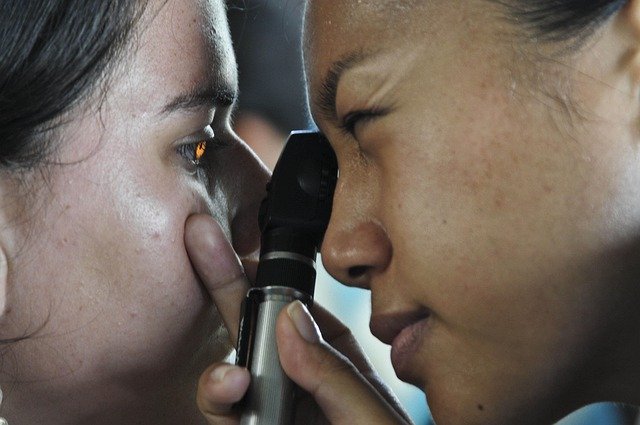Understanding the Complexities of Depression: A Deep Dive
Depression, a disorder that has long been known to all of humanity, has a rich historical background. The Ancient Greek physicians, including Hippocrates, recognized and documented its symptoms, terming it "melancholia". Throughout the centuries, the understanding and perception of depression varied greatly, from a spiritual affliction in the Middle Ages to the modern-day recognition as a legitimate mental health disorder.
While the term ‘depression’ was officially introduced in the early 20th century, it wasn’t until the mid-20th century that it began to be widely recognized and treated as a medical condition. The World Health Organization now acknowledges depression as a leading cause of disability worldwide, affecting over 264 million people.
The Many Dimensions of Depression
Depression is a multi-faceted disorder that manifests in a variety of symptoms and can have several underlying causes. It is characterized by persistent feelings of sadness, a lack of interest or pleasure in activities, and a decrease in energy or motivation. Other symptoms can include changes in appetite and sleep, feelings of worthlessness or guilt, difficulty concentrating, and recurrent thoughts of death or suicide.
Depression can have biological, psychological, and social roots, and often, these factors interplay to trigger the onset of the disorder. It can start at any age, but commonly surfaces in late adolescence or early adulthood. Chronic health conditions, stressful life events, certain medications, and a family history of depression can all increase the risk of developing the disorder.
The Impact of Depression on Society
The effects of depression are far-reaching, impacting not just the individuals suffering from the disorder, but also their families, workplaces, and society at large. It is a leading contributor to the global burden of disease and can lead to severe disability when left untreated.
Depression also has significant economic implications. The cost of treating depression, combined with the loss of productivity due to the disorder, amounts to billions of dollars each year. Moreover, the societal stigma surrounding depression further exacerbates its impact, often deterring individuals from seeking help.
The Evolution of Depression Treatments
From the early days of Freud’s psychoanalysis to the advent of modern psychopharmacology, the treatment of depression has evolved significantly. Today, treatments for depression are typically divided into three categories: pharmacotherapy, psychotherapy, and somatic treatments.
Pharmacotherapy primarily involves the use of antidepressants, which can help to rebalance the brain’s chemicals. Psychotherapy, often referred to as talking therapies, includes techniques like cognitive-behavioral therapy (CBT) and interpersonal therapy (IPT). Somatic treatments, on the other hand, encompass a range of physical treatments, including electroconvulsive therapy and transcranial magnetic stimulation.
Although these treatments have been successful in managing depression for many, they are not universally effective. Research is ongoing to develop more targeted and personalized interventions.
The Future of Depression - Hope and Challenges
The future of depression lies in a more nuanced understanding of the disorder and the development of more precise treatments. Advancements in genetics and neuroimaging are beginning to unravel the complex biological underpinnings of depression, paving the way for potential biomarkers and personalized treatments. Digital technologies, like online therapies and mental health apps, are also showing promise in enhancing access to care and self-management tools.
While these developments offer hope, challenges remain. The stigma surrounding mental health continues to persist, creating barriers to diagnosis and treatment. Additionally, access to mental health care remains suboptimal in many parts of the world, particularly in low and middle-income countries.
In conclusion, depression is a complex and multifaceted disorder with a rich historical context and an undeniable societal impact. Continued research, public education, and policy changes are key to improving our understanding of this disorder and enhancing the wellbeing of those affected.





